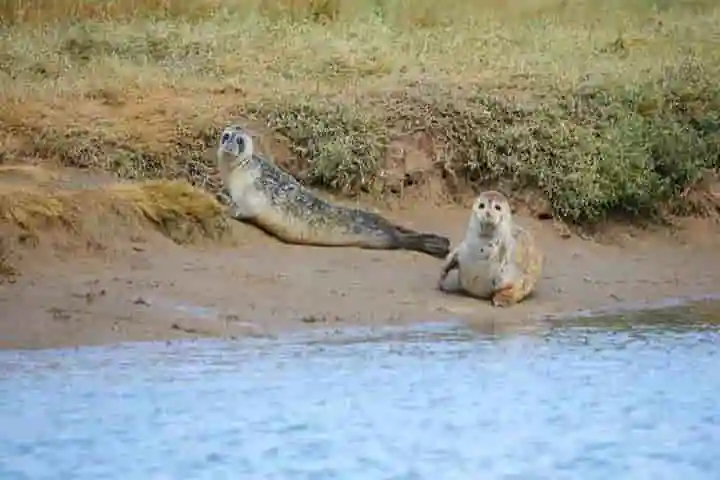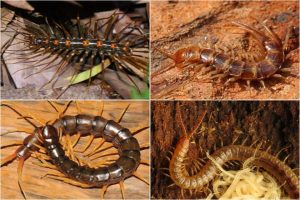There is good news for the Londoners to be proud of as a group of scientists have after a study found that the Thames river has become abode of eels, seals, seahorses and sharks. This finding emerged after a series of tests were done to create a report about the health of the river and the results according to an article in smithsonianmag.com was published in the State of Thames Report this week.
It is a mighty long way for the 215-mile-long river Thames — as it flows through London to end up in English Channel — has come. The city’s booming population and prosperity had its repercussions on the river – as by 1957 the Natural History Museum of London scientists proclaimed large parts of the river so polluted that they were termed as “biologically dead”.
In a media release, Alison Debney, who heads the Zoological Society of London's conservation program said: "This report has enabled us to really look at how far the Thames has come on its journey to recovery since it was declared biologically dead, and in some cases, set baselines to build from in the future.”
What the study has uncovered is clearly promising as its projection of birds and marine mammal population is positive while several species which had long ago deserted the Thames are back. Citing an example Scott Neuman for NPR mentions that nearly 20 years ago not much was known about the seals living in the river and now it had been found that they were two species, the gray and harbour seals and that too in large numbers, inhabiting the Thames.
The researchers recorded 115 fish species in the river and it was found that a number of species had declined since the early 1990s but the reason for this was not identified.
Also read: India’s Ladakh Ice Stupas Inspire Solution For Drought In Faraway Chile
Besides the good news there are some alarming facts too as the report talks about climate change which has resulted in some stretches of Thames having warmed by 0.34 degrees Fahrenheit annually since 2007 thereby posing serious danger for the delicate ecosystem stated a report in the Washington Post.
While the treatment of effluents and sewage and its flow into river has dramatically undergone change for the better over the years, the issue still persists. This is highlighted by the report as it talks about increase in nitrates flow into the river which adversely affects the quality of water and wildlife. This hike according to the Environmental Agency is traced to industrial waste and sewage that is entering the river around London.
Dealing with this aspect the report stated: "Because London's sewage system was largely built in the 1800s when London's population was less than a quarter of what it is today, storm events cause excess sewage to overflow into the Tidal Thames, posing a major threat to water quality.”
To correct this, the city has worked out the Thames Tideway Tunnel that will accumulate and stock the raw sewage thereby preventing its overflow into the tidal basin, as per the NPR report.
The Tunnel’s Project Leader, Liz Wood-Griffiths in the Press release commented: "This report comes at a critical time and highlights the urgent need for the Thames Tideway Tunnel, known as London’s new super sewer. The new sewer, which is due to be complete in 2025, is designed to capture more than 95 per cent of the sewage spills that enter the River from London’s Victorian sewer system. It will have a significant impact on the water quality, making it a much healthier environment for wildlife to survive and flourish.”
Also read: India’s Ladakh Ice Stupas Inspire Solution For Drought In Faraway Chile
Working in tandem with these efforts, the Zoological Society of London has joined hands with conservationists and others to restore parts of the river with oysters and native seagrasses.
Elaborating on these efforts, Debney in the release averred: "Between them, these not only help to restore wildlife in the river, but also act as natural flood defenses, and help to mitigate against extreme weather such as storms and floods. A resilient future for both people and wildlife will depend on protecting remaining natural habitats, reconnecting and restoring habitats, and innovating new ways to maximize opportunities for wildlife in the urban environment."




















